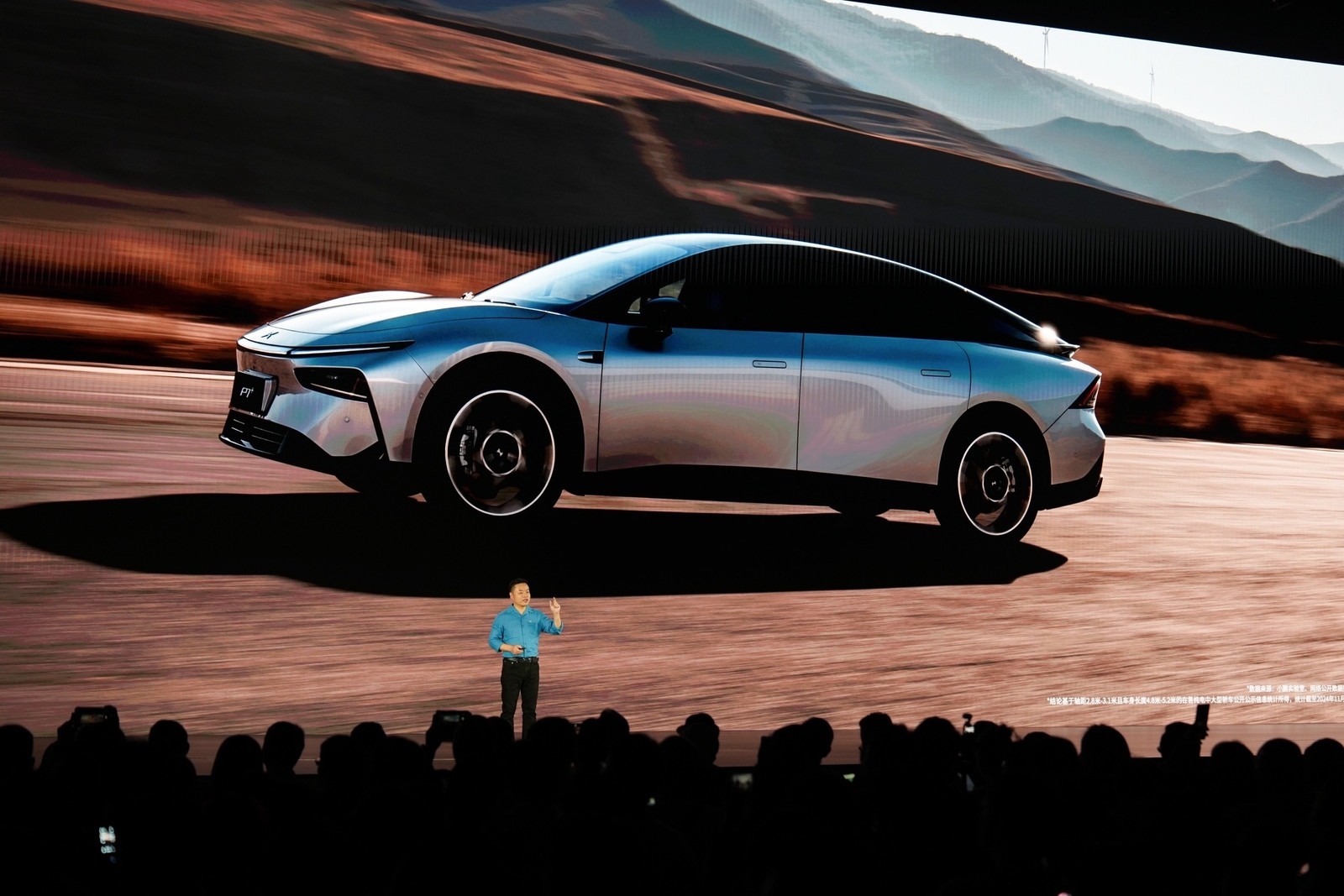Porsche is putting the prototype of the all-electric Macan through an exacting and gruelling test programme to prepare the follow-up to the successful SUV for its upcoming world premiere. The vehicle is a completely new development. Porsche’s engineers have spared no expense during its development and testing. Ten years after its launch, the Macan is on the cusp of a second model generation, now in all-electric form. As the first Porsche model built on the new Premium Platform Electric (PPE), the SUV is a completely new development. The test process to ensure the perfect coordination of all components and systems is accordingly meticulous. Porsche places great importance on real-world testing with camouflaged prototypes. At the same time, simulations in both the virtual world and wind tunnel are increasingly precise and play an ever-greater role. This is particularly true when it comes to making a new Porsche not only sportier, but also more efficient. The electric motors in the new Macan draw their energy from a lithium-ion battery in the underbody, with a gross capacity of 100 kWh, of which up to 95 kWh can be actively used. The 800-volt architecture of the PPE in the new Macan enables high-performance fast charging, which is being tested worldwide as part of the development process.

Porsche exclusively uses the latest generation of permanently-excited PSM motors on the front and rear axles. They provide overboost power of more than 450 kW, offer excellent efficiency and enable optimum reproducibility of the power output. The electronically controlled Porsche Traction Management manages the distribution of the more than 1,000 Nm of torque with Launch Control in the top model in almost real time. To offer the broad spectrum between high performance and comfort for which the Macan is known, the engineers have deployed a Porsche Active Suspension Management system with two-valve damper technology, air suspension, rear-axle transverse lock and, for the first time, rear-axle steering with a steering angle of up to five degrees. Read full article




